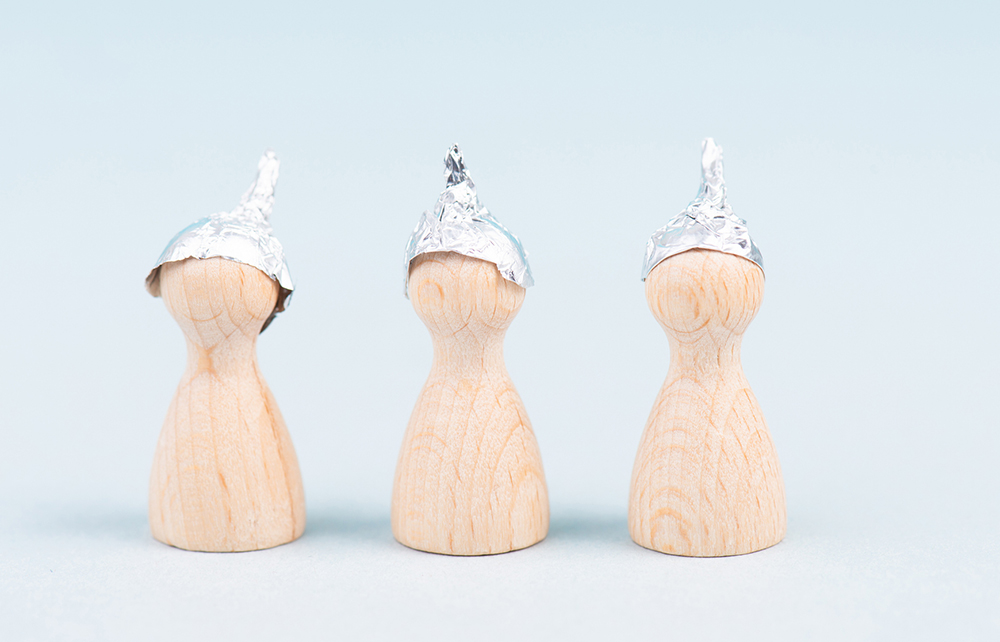At the Centre for Rare Diseases, the car park was full and lots of people were milling about.
I pulled into a private space I wasn’t meant to be in so that I could let my mother out of the car by the front door. I then sat in the car waiting, watching the rare people come and go.
On further inspection of the website, it turns out that a rare disease is not necessarily something that happens rarely. A rare disease is a condition affecting less than one in 2,000 people. However, ‘with more than 7,000 individual rare diseases, their collective prevalence is about one in 17 of the general population’. So not rare at all, in terms of how likely it is that you are going to get one. They really ought to put rare in inverted commas.
Some may condemn
conspiracy theory, but I call it conspiracy therapy
Nothing rare, or ‘rare’, has ever happened to anyone in my family before, so far as I know. But if rare things are getting more common, I should not be so surprised when they find a tumour in my mother’s neck called a hypoglossal schwannoma, a cranial base neoplasm arising from the so-called Schwann cells of the 12th cranial nerve.
When you look at the latest NHS figures, the column marked ‘neoplasms’ goes to the top of the chart in 2021-4. So if I look at it in that context, what she has is not rare at all.
Any particular neoplasm might be rare, but if neoplasms are growing in incidence, then I suppose it’s fair to assume that the likelihood you’ll get a rare one has increased.
Furthermore, if it’s getting to the point of illness being the average, then perhaps I should only be averagely upset about it. But I’m not. I’m one of those people imagining all sorts of lurid possibilities and becoming entirely paranoid.








Comments
Join the debate for just £1 a month
Be part of the conversation with other Spectator readers by getting your first three months for £3.
UNLOCK ACCESS Just £1 a monthAlready a subscriber? Log in